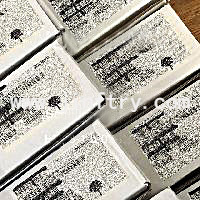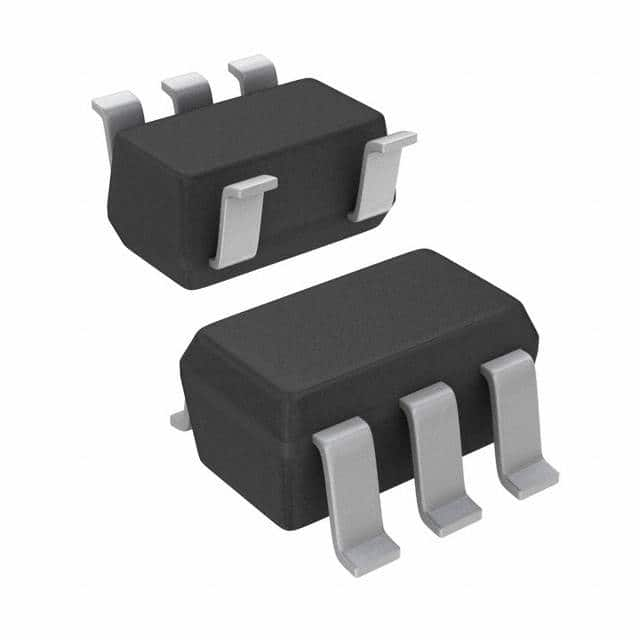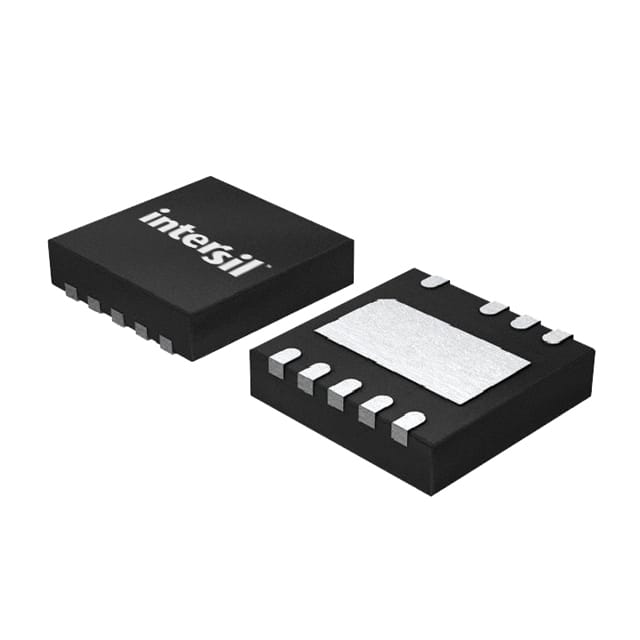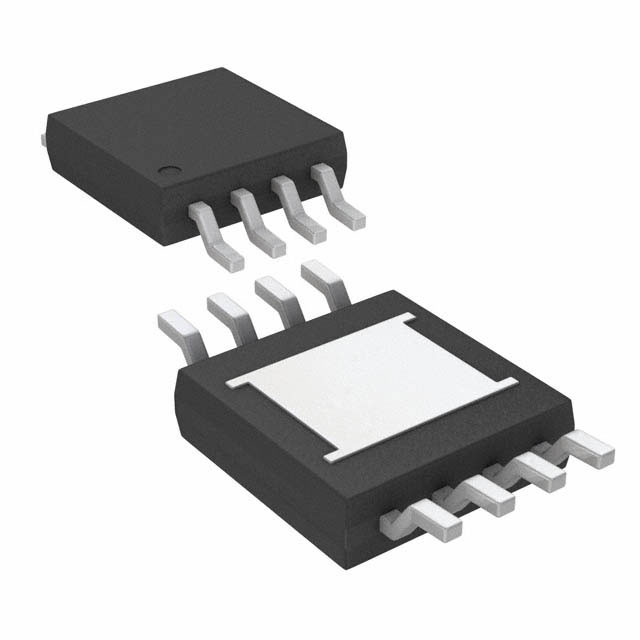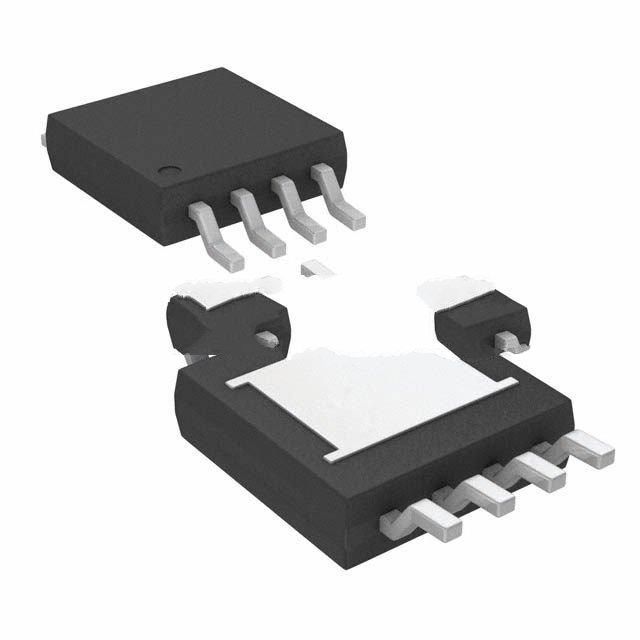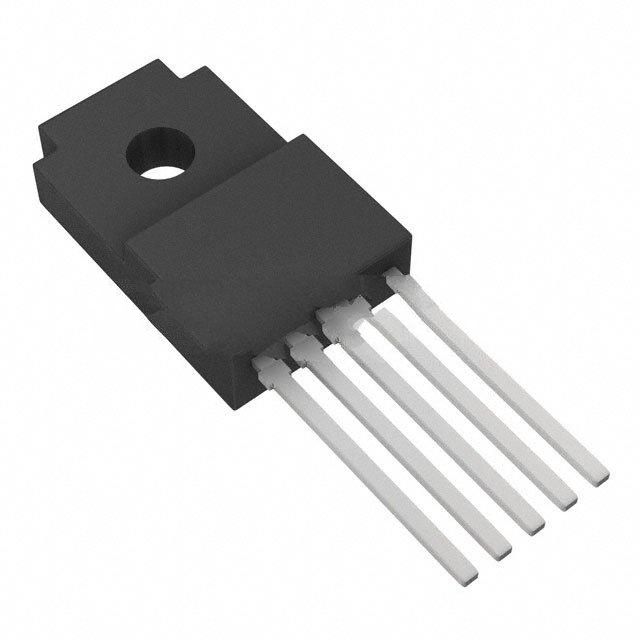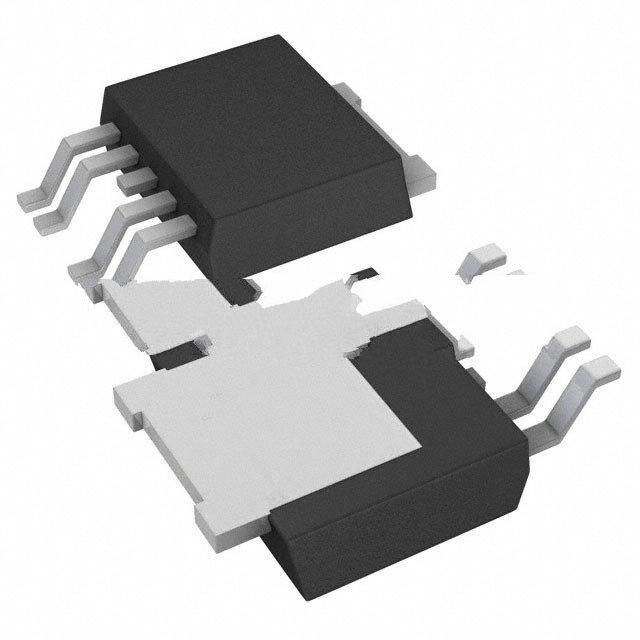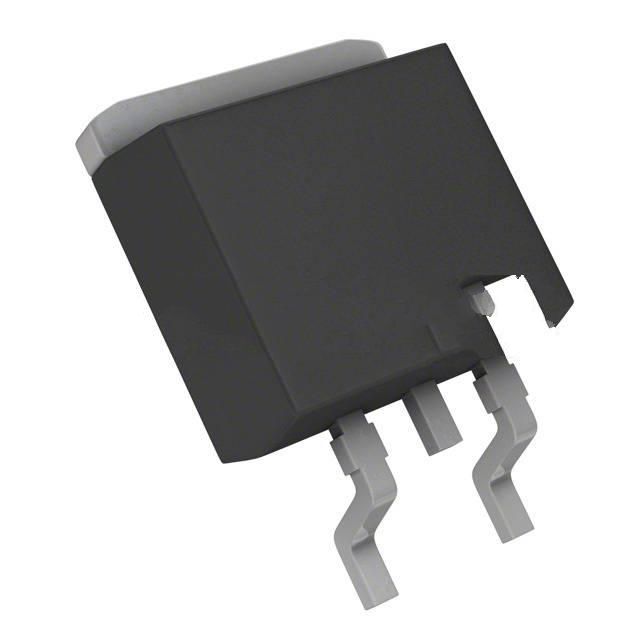BD3610EFV-E2 Product Introduction:
Rohm Semiconductor Part Number BD3610EFV-E2(PMIC - Voltage Regulators - Linear), developed and manufactured by Rohm Semiconductor, distributed globally by Jinftry. We distribute various electronic components from world-renowned brands and provide one-stop services, making us a trusted global electronic component distributor.
BD3610EFV-E2 is one of the part numbers distributed by Jinftry, and you can learn about its specifications/configurations, package/case, Datasheet, and other information here. Electronic components are affected by supply and demand, and prices fluctuate frequently. If you have a demand, please do not hesitate to send us an RFQ or email us immediately sales@jinftry.com Please inquire about the real-time unit price, Data Code, Lead time, payment terms, and any other information you would like to know. We will do our best to provide you with a quotation and reply as soon as possible.
Introducing the Rohm Semiconductor BD3610EFV-E2, a cutting-edge power management IC designed to revolutionize the way electronic devices are powered. With its advanced features and versatile application fields, this product is set to redefine the industry standards.
The BD3610EFV-E2 boasts an impressive array of features that make it a standout choice for power management solutions. Its high-efficiency DC-DC converter ensures optimal power conversion, resulting in reduced energy consumption and longer battery life. The built-in overcurrent protection and thermal shutdown features guarantee the safety and reliability of the device, even in demanding conditions.
This power management IC is suitable for a wide range of application fields. From smartphones and tablets to wearable devices and IoT gadgets, the BD3610EFV-E2 can handle the power requirements of various electronic devices. Its compact size and low power consumption make it an ideal choice for portable devices, while its high efficiency and reliability make it suitable for industrial applications.
With the BD3610EFV-E2, Rohm Semiconductor has once again demonstrated its commitment to delivering innovative and high-quality solutions to the market. This power management IC is set to empower the next generation of electronic devices, providing efficient and reliable power management solutions for a wide range of applications. Experience the future of power management with the Rohm Semiconductor BD3610EFV-E2.
Voltage Regulators-Linear is an electronic device used to convert an unstable DC voltage into a stable DC voltage. It regulates the voltage through an active component (such as a transistor or field effect tube) and a feedback network to ensure that the output voltage remains constant within a certain range. Linear regulators usually operate under low input voltage changes and load changes, and are able to provide a very clean and smooth output voltage.
Application
Voltage Regulators-Linear has a wide range of applications, covering almost all electronic devices requiring a stable DC power supply. In the field of consumer electronics, linear voltage regulators are widely used in mobile phones, tablets, laptops and other portable devices to provide stable voltage support for core components such as processors, memory and display screens. In the field of industrial automation and instrumentation, linear voltage regulators are often used in precision measuring instruments, sensor signal processing and other occasions because of their low noise and high precision characteristics. In addition, linear regulators also play an indispensable role in areas such as medical equipment, aerospace, and automotive electronics, where the quality of the power supply is extremely high. For example, in medical equipment, linear regulators ensure the power stability of devices such as pacemakers and monitors, ensuring the safety of patients.
FAQ about PMIC - Voltage Regulators - Linear
-
1. How to choose a linear regulator?
1. Switching regulator: A switching regulator uses an output stage that repeatedly switches between "on" and "off" states to generate an output voltage together with an energy storage component. Its adjustment is achieved by adjusting the switching timing based on the feedback sample of the output voltage. In a fixed-frequency regulator, the switching timing is adjusted by adjusting the pulse width of the switching voltage, which is called PWM control.
2. Parameter regulator: LDO is a linear regulator. Linear regulators use transistors or FETs operating in their linear region to subtract excess voltage from the applied input voltage to produce a regulated output voltage. This transistor allows saturation, so the regulator can have a very low dropout voltage, usually around 200mV.
3. Regulators for laser cutting machines: According to the use requirements of high-power laser cutting machines and the current power supply situation in my country, regulators that meet
-
2. What are the three types of voltage regulator?
The three types of voltage regulators include the contact voltage regulator, the transistor regulator and the integrated circuit regulator.
Contact voltage regulator: This is the type of voltage regulator used earlier. Its working principle is based on the vibration of the contact, but there is mechanical inertia and electromagnetic inertia, resulting in low voltage adjustment accuracy. Large, poor reliability, and short life, so it has been eliminated.
Crystal tube regulator: With the development of semiconductor technology, the transistor regulator becomes the mainstream. It uses a triode for voltage adjustment. Compared with the contact -type voltage regulator, the advantages of the transistor regulator is that the response speed, high efficiency, small volume, light weight, and not easily affected by external magnetic fields are widely used.
Integrated circuit regulator: Integrated circuit regulator is a new type of voltage regulator developed in recent years. It integrates mult
-
3. What is the minimum input voltage of a linear regulator?
The minimum input voltage range of linear regulator varies from model and application.
For certain low -voltage lower -voltage regulators, its minimum input voltage range is usually 2.5V to 2.7V. This type of regulator design is used to power the internal LDO drive circuit and can drive PMOS FET to provide high output current. However, when the output voltage is lower than 1.8V and the output current is greater than 2.5A, the linear regulator with PMOS bypass components may be used for external heat dissipation due to additional air flow requirements and/or the heat generated by the regulator. It becomes inconvenient and the cost will increase.
For universal linear stabilizers, its input voltage range can be very wide. For example, some general -purpose linear regulators have 3V to 40V input voltage range. Even for models suitable for 24V systems, the input maximum voltage can reach 60V Then, then
In summary, the minimum input voltage of the linear regulator does not have a fixed st
 Lead free / RoHS Compliant
Lead free / RoHS Compliant



